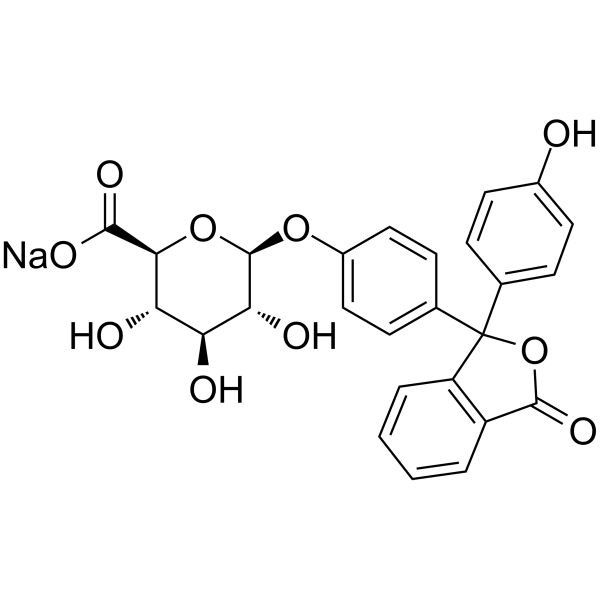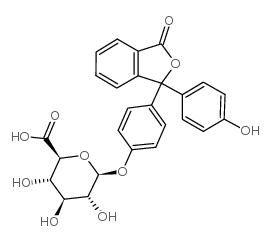| Structure | Name/CAS No. | Articles |
|---|---|---|
 |
phenolphthalein glucuronic acid sodium salt
CAS:6820-54-8 |
|
 |
β-glucuronidase substrate
CAS:15265-26-6 |